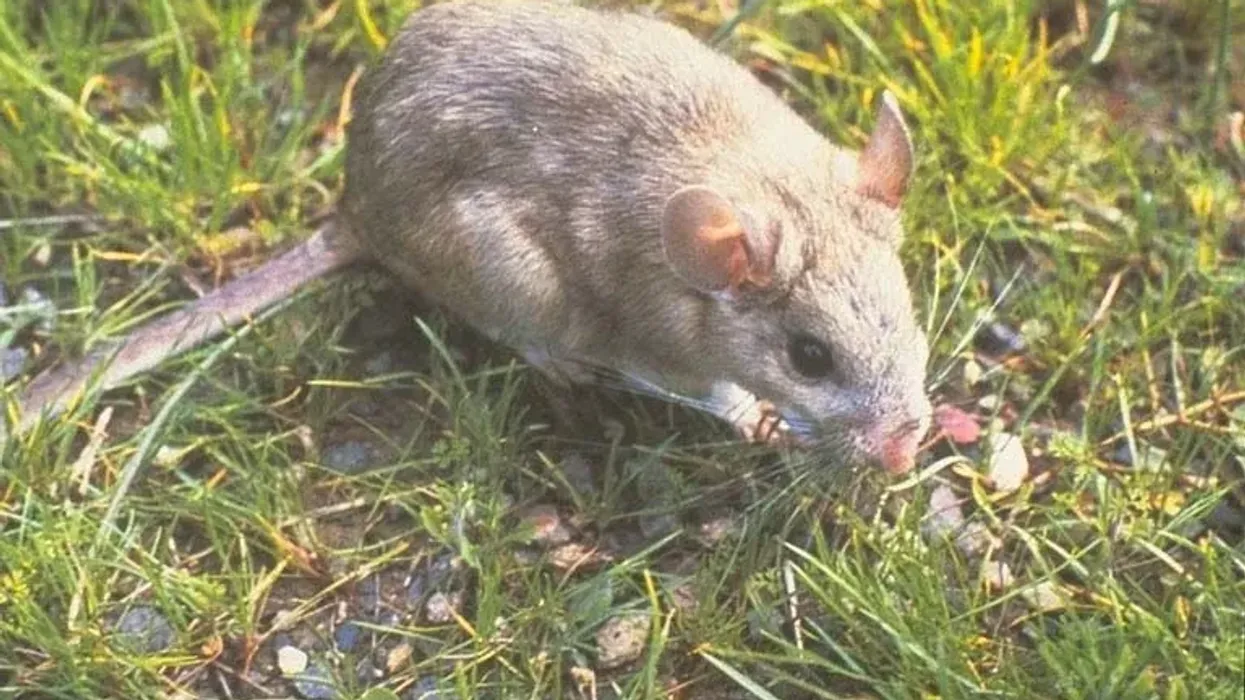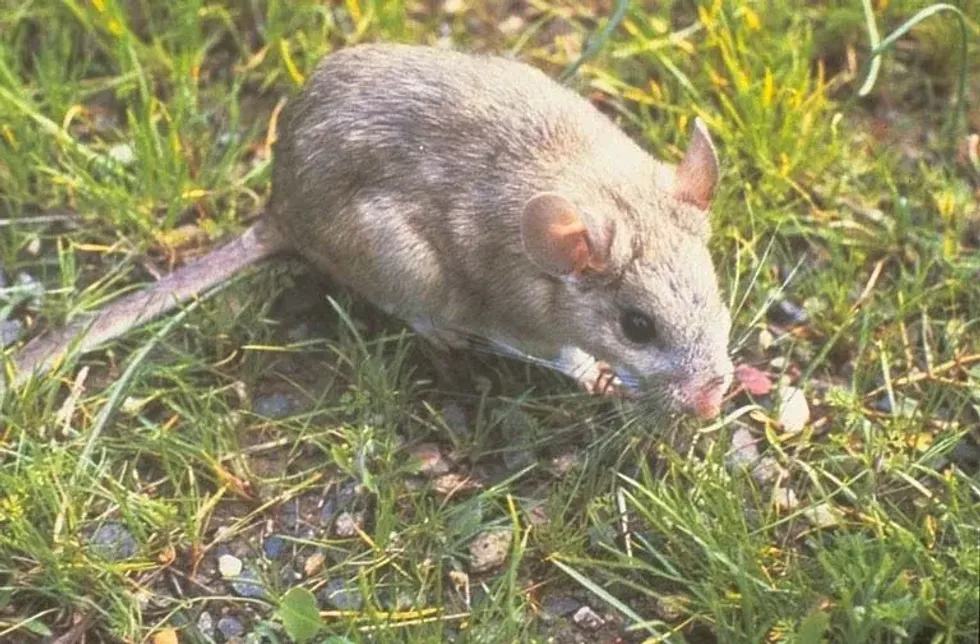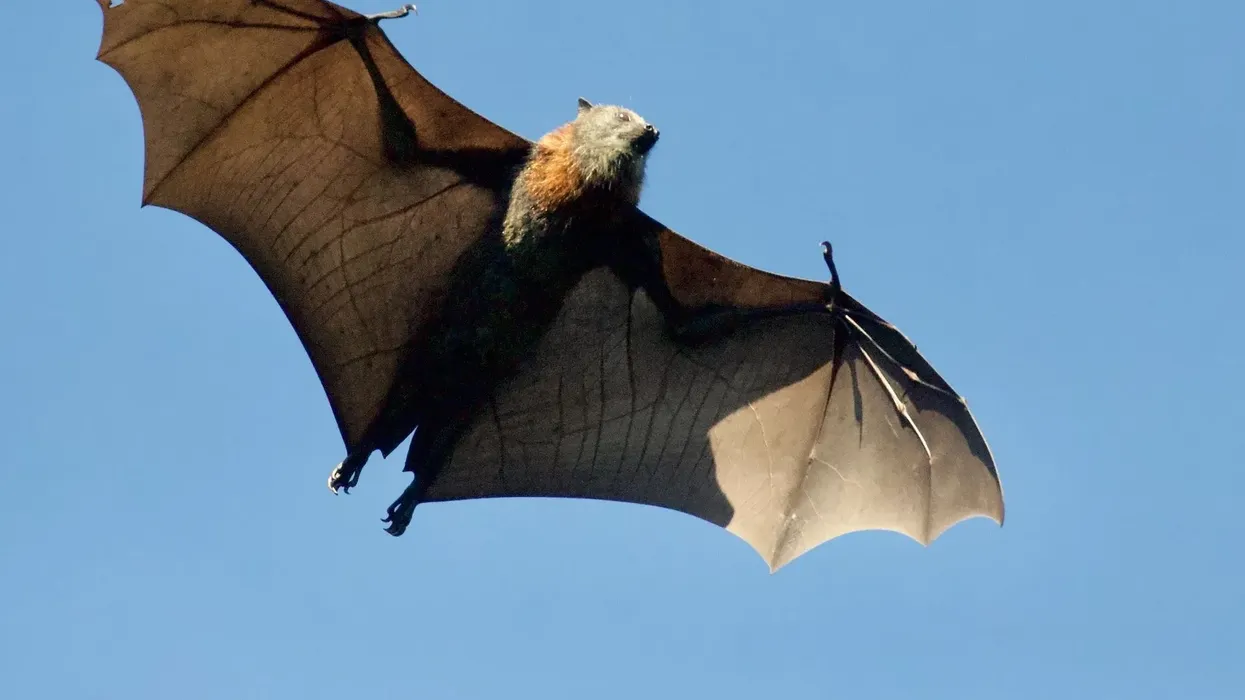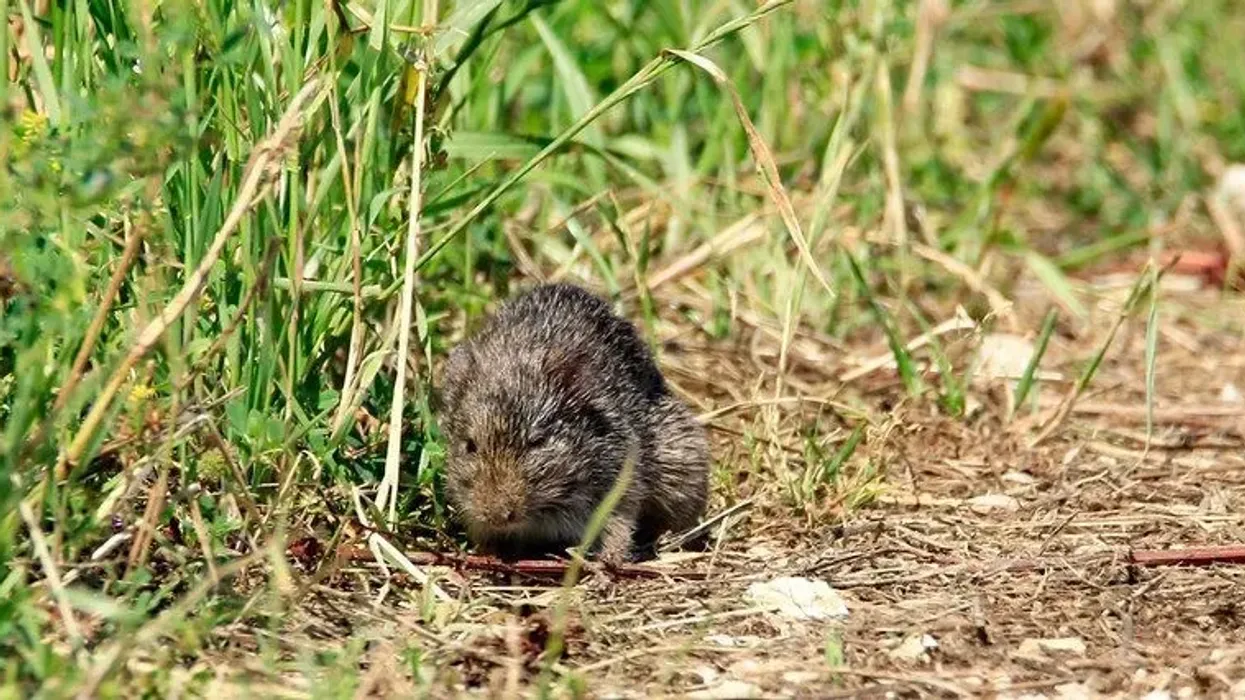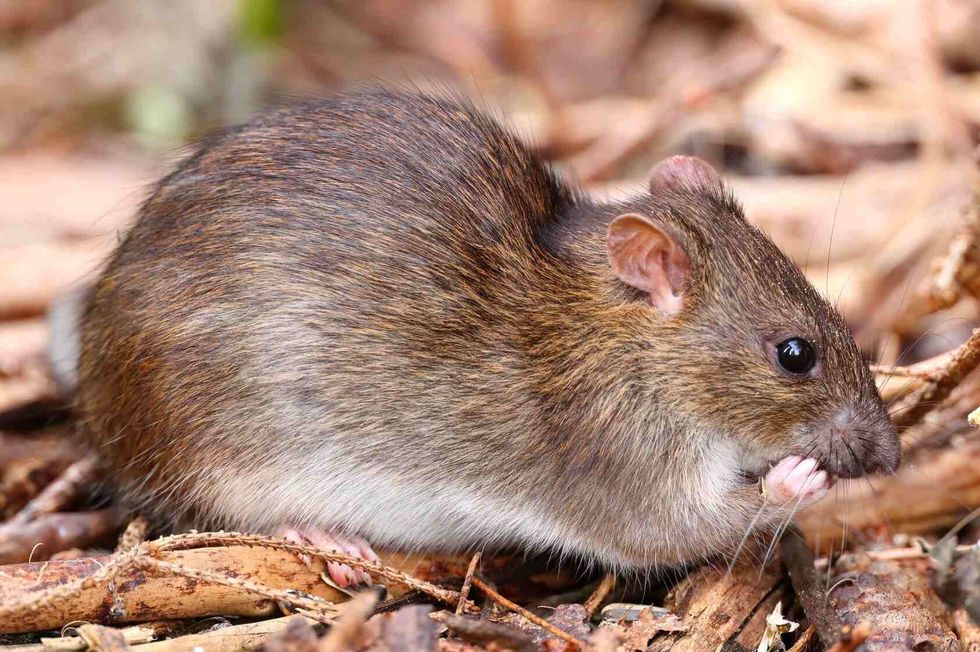Woodrats are also called pack rat/packrat or bushy-tailed woodrat, trade rats. These could be any of the species in the rodent genus Neotoma.
It has a rat-like appearance and has long tails, large ears, and black eyes. Its body color range includes gray to reddish-brown. Some species like desert woodrat and white-throated woodrat are black in color.
It is considered to be medium-sized. A woodrat is comparatively larger than deer, harvest, and grasshopper mice.
It has an appearance similar to other mice but varies due to its bushy tail. There are around 20 species of this genus like Neotoma albigula commonly known as white-throated woodrat, Neotoma cinerea also known as bushy-tailed woodrat, Florida woodrat, Skylar grey woodrat, big-eared woodrat, Riparian woodrat, key- largo woodrat, and Mexican woodrat.
The woodrat habitat includes low, hot deserts to cold rocky slopes and houses too. The diet of these includes plant material like seeds and fruits and fungi.
The reproductive habits of the woodrats vary and not much is known about it. The gestation period lasts for about one month and the young cannot see for about 10-12 days after birth. Certain characteristics of the behavior of woodrats include their nocturnal behavior and are active all year and escape from predators by hiding in the vegetation.
This packrat is also known for its middens and the objects found in them. The woodrat (Neotoma) is quite fascinating, so read on!
You may also like to read about the rice rat and muskrat.
Woodrat Interesting Facts
What type of animal is a woodrat?
The woodrat is a rat and can also be called a rodent.
What class of animal does a woodrat belong to?
Woodrats belong to the class of mammals.
How many woodrats are there in the world?
There has been no specific number of woodrats in the world recorded.
Where does a woodrat live?
Woodrats live in the deserts of the western United States. They are also found in deciduous forests, juniper woodlands, and oak woodlands.
What is a woodrat's habitat?
Their habitat includes low, hot, dry deserts to cold, rocky slopes. The woodrat nest is observed as complex structures of houses or dens with twigs, cactus joints, and other materials.
These dens are built in rock crevices or small caves. Woodrats also tend to live near human inhabitations and when it gets an opportunity, it climbs the attics or walls of the houses. Certain species prefer to live around green vegetation and thus, the base of the cactus plants or near them to protect them from predators.
Who do woodrats live with?
Woodrats are solitary animals who tend to live alone.
How long does a woodrat live?
Woodrats tend to live for about two to three years.
How do they reproduce?
A lot about the reproduction of woodrats is unknown. The reproductive habits of the woodrats vary in the wild.
The gestation period lasts for about one month. The young rats or offsprings are born helpless and thus, they should be cared for in the nest. The offspring cannot see for about 10-12 days after birth and after around 60 days, they become sexually mature.
What is their conservation status?
The conservation status of these rats is Not Extinct.
Woodrat Fun Facts
What do woodrats look like?
These rats look like any other rat. They have long tails, large ears, and black eyes. The difference between other rats and these rats is that it has a furry tail. The color range is gray or reddish-brown of the body.
How do they communicate?
Scent communication has been observed among packrats and it is believed that males and females get attracted to each other by certain odors or urine smells.
How big is a woodrat?
A woodrat size is considered to have a medium-size body and weighs around 0.55-1.32 lb (0.3-0.6 kg) and is around 10.5-18.5 in (272-470 mm) long.
How fast can a woodrat run?
While the exact speed is unknown, the woodrat is known to be quite fast.
How much does a woodrat weigh?
A male woodrat weighs around 0.67-1.32 lb (0.3-0.6 kg) and a female weighs around 0.55-0.77 lb (0.25-0.35 kg).
What are their male and female names of the species?
There are no specific names of the male and female of the species.
What would you call a baby woodrat?
There is no specific name for a newborn or young woodrat.
What do they eat?
The diet of these rats is primarily herbivorous and they tend to live near green vegetation. These rodents are known to eat fungi and flora materials like seeds, fruits, greens, and inner barks. These rats are nocturnal and look for food at night and store it in their dens. Some species are also known to be omnivores.
Are they dangerous?
These rats are dangerous as they carry diseases that could be transmitted to humans. They can chew almost anything including wires and insulations in homes.
Would they make a good pet?
While other species of rats are considered to be great pets, woodrats do not make good as they are wild creatures and some of its species carry diseases that can be transmitted to humans.
Did you know...
All the species of these rats are known to build complex and extensive nests. There have been old nests found by the archaeologists which date back to around 50,000 years old.
These rodents tend to urinate on the walls of their nests, which under the right conditions dries and crystallizes and creates a cement-like structure.
The great preservation of the woodrat midden has proved to very useful to archaeologists as they preserve plant fossils and other shiny objects which are very helpful for research.
Research has shown that some of these rat middens are higher in nitrogen which promoted the biodiversity of other animals and plant species by creating microclimates within the ecosystem. Thus, they are also called keystone ecological engineers.
When did Lewis and Clark find the woodrat?
This bushy-tailed rat was first accurately described by Lewis and Clark but was not formally named until 1815.
It was found in the vicinity of Great Falls on 2 July 1805, and a live specimen was captured. This rat was described with care and he noted that most of the animals have their dens in cliffs and tree hollows and often eat fruits and seeds of the prickly pear.
Woodrats are known to accumulate food items such as cactus fruits, acorns, pine cones, and bones, and other objects which are found in the vicinity of their dens or nests.
How to catch a bushy-tailed woodrat?
Woodrats are known to show little or no fear of new objects or environments and thus, it is not difficult to catch this rat. The standard trap can be quite effective to catch this rat. The bait should be tied to or wedged into a treadle. Suggested baits are nut meats, bacon rind, peanut butter, oatmeal, and raisins.
Live catch traps with baits can also be used as woodrat rodent control.
Burrow entrance traps are also effective. This is placed in nest openings or other restricted travel ways. It gets triggered when the rat passes through the opening. These traps also do not necessarily require baits.
Glue boards can also be used but glue boards tend to lose effectiveness in dusty areas and extreme temperatures.
It should be kept in mind that these traps should be placed carefully and should not harm children, pets, and other non-target animals.
Destroying woodrat nests is another method. When the nest is destroyed, these rats may run for cover which exposes them to predators like dogs or humans. This method might be time-consuming but it is believed that once all the nests in an area or common habitat are destroyed, the chances of invasion by other woodrats are much lower.
Here at Kidadl, we have carefully created lots of interesting family-friendly animal facts for everyone to discover! Learn more about some other mammals including mice, or shrews.
You can even occupy yourself at home by drawing one on our Woodrat coloring pages.

